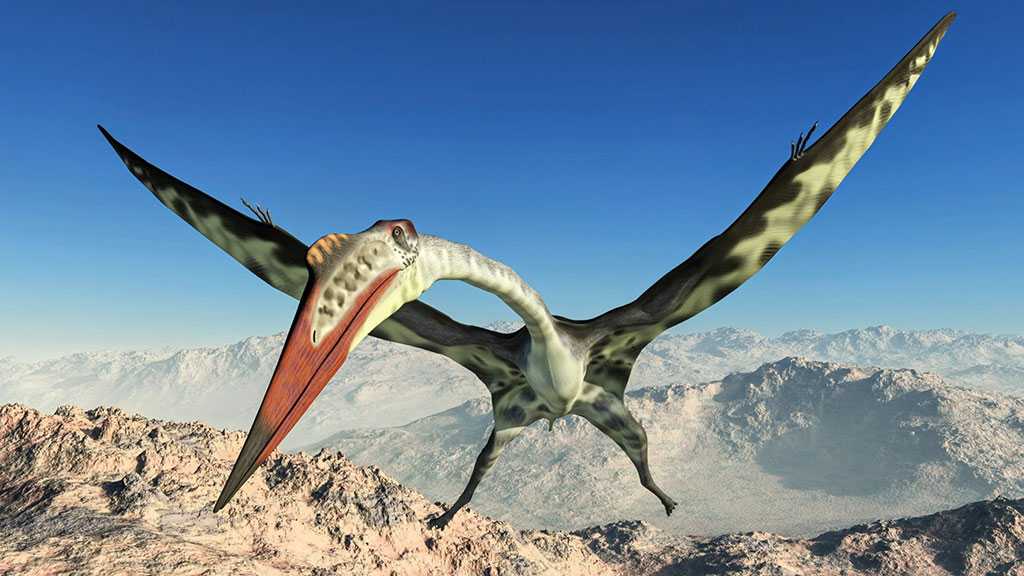New Pterosaur Species Discovered, Bridging 200-Year Evolutionary Gap

By Staff, Agencies
A well-preserved fossil discovered in Germany in 2015 has been identified as a new pterosaur species, Skiphosoura bavarica, solving a 200-year-old evolutionary mystery.
This discovery bridges the gap between smaller, older pterosaurs and the giant species that dominated later periods.
Pterosaurs, flying reptiles that lived alongside dinosaurs, were the first vertebrates to develop wings for flight. Skiphosoura bavarica, which lived toward the end of the Jurassic Period, had a wingspan of about 2 meters [6.5 feet], similar to a golden eagle. It is considered a crucial link in understanding the evolution of these ancient creatures.
David Hone, a paleontologist at Queen Mary University of London and lead author of the study, described the find as groundbreaking. “This is an incredible discovery that helps us piece together how these amazing flying animals lived and evolved,” he said.
The fossil, exceptionally preserved in 3-D, provides detailed insights into the species' anatomy, including its short, sharp tail and sharp teeth. Hone suggested that Skiphosoura bavarica was likely a generalized predator, feeding on small prey such as lizards, mammals, insects, and possibly fish, and may have lived inland, possibly in forests.
Pterosaurs are typically divided into two groups: smaller non-pterodactyloids, which had long tails and short necks, and larger pterodactyloids, which had short tails, large heads, and are often depicted in films. Skiphosoura bavarica represents an intermediary species, shedding light on the transition between these two groups.
This discovery not only resolves a long-standing evolutionary puzzle but also provides a foundation for future research into the development and diversity of pterosaurs.
Comments
- Related News

TikTok Restores Service, Thanks Trump
one month ago

